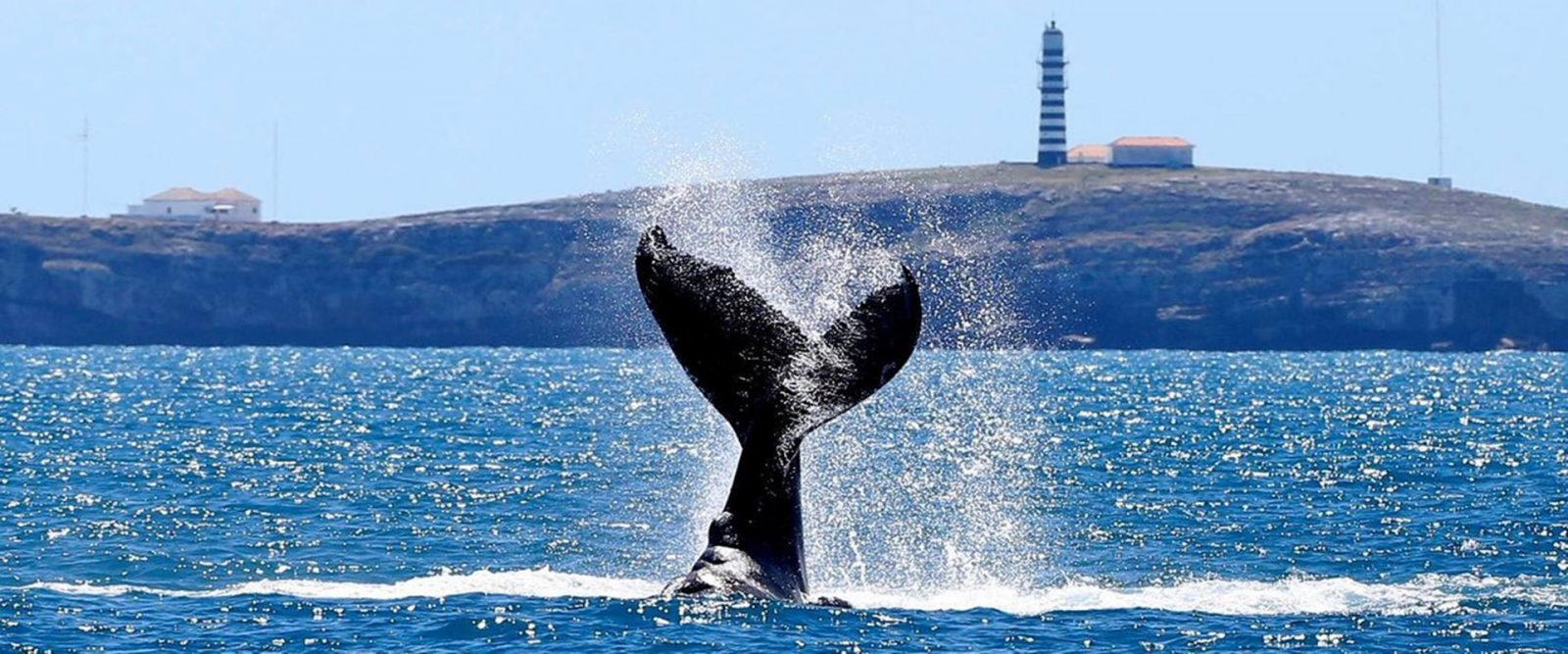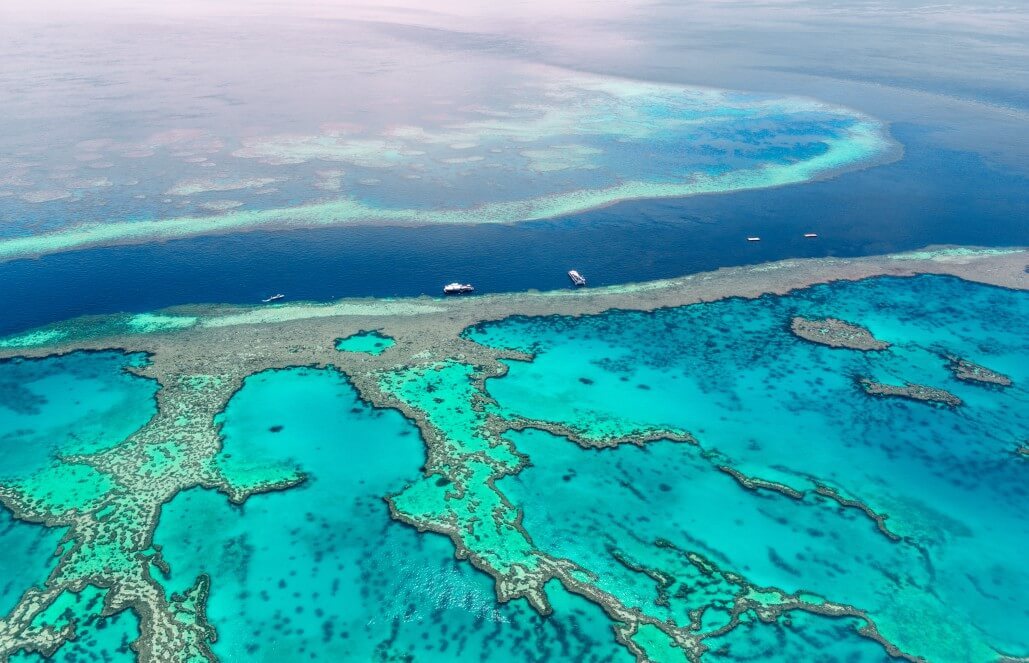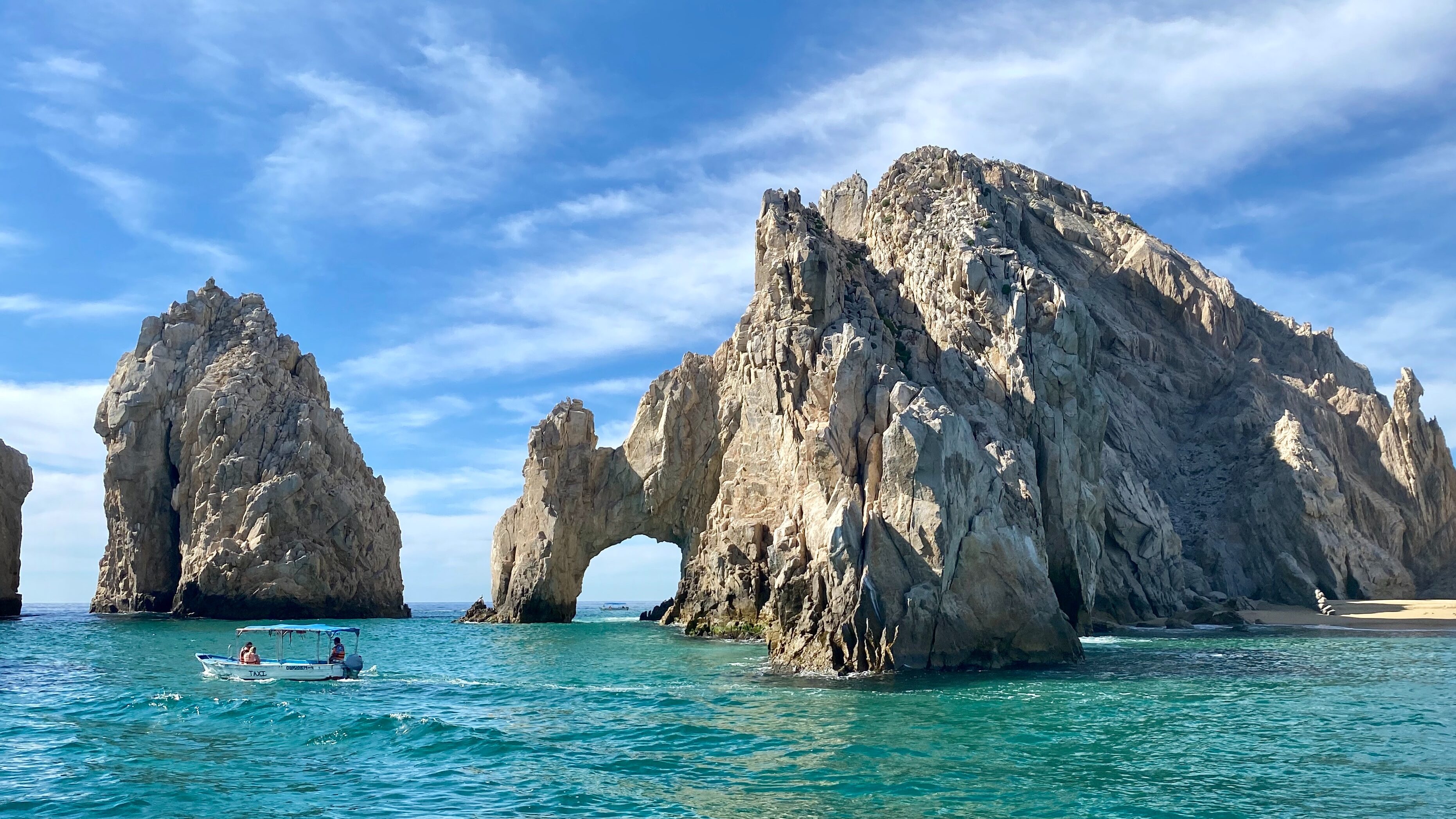Whales have held our fascination and imagination for centuries. These mysterious animals have a language all their own, and hearing their “melancholy tone” as they sing underwater is what many divers report to be one of life’s rare pleasures.
They are highly intelligent social animals and continue to amaze those who study their behavior. Because of this, they are wonderful to see above or below water.
There are over 70 different species of whales identified so far and can be seen in locations around the globe on their annual migration.
Watching a 30-ton creature jump into the ocean with such ease and grace is sure to be a memorable experience.
For diving lovers – and here I highlight the fact that, for people with physical disabilities, diving represents freedom (after all we don’t need our legs to get to know the bottom of the sea) – we highlight some places in the world where these cute animals, and that so much arouse our curiosity, can be seen.
1 – Bahia, Brazil

Humpback whales can grow to the size of a bus and generally migrate about 25,000 km per year. Known for the catchy sounds of their songs (only the male sings), these whales feed in icy waters during the summer, then travel to tropical ocean areas to breed.
If you want really intimate whale watching, the best place to see them (above and below the surface) is when they are raising their young.
And you don’t have to go far to see this acting out of nature. In southern Bahia, specifically in the region of the city of Prado and Caravelas, from where tours depart to Abrolhos, it is possible to observe these whales up close.
The best time to experience this experience is from July to November, when it is possible to see them up close, as they swim close to the surface. At this time of year, many companies offer trips to the archipelago to see whales and also to learn more about the region and its environmental preservation. Many other animal species can be seen and studied on the islands during the trip.
The Abrolhos Archipelago is one of the most environmentally protected areas in the region. Made up of five islands, the area is home to the Abrolhos National Marine Park, the first in Brazil, founded in 1983, and controlled by IcmBio and the Navy. Its formation shelters corals and several depths in short distances, which allows the practice of amateur and professional diving.
2 – Great Barrier Reef – Australia

The Great Barrier Reef, off the coast of Queensland in northeastern Australia, is the largest living organism on Earth, visible even from space. The 2,300 km long ecosystem comprises thousands of reefs and hundreds of islands made of more than 600 types of hard and soft corals.
The region is also home to numerous species of colorful fish, mollusks, and starfish, as well as turtles, dolphins, and sharks.
Here dwarf minke whales can be found, which may be at the smaller end of the whale scale, but can still grow up to 8 meters and weigh several tons.
Dwarf minke whales were only discovered during the 1980s, and are believed to be descendants of the northern hemisphere minke whale.
The best time to experience this experience is from May to August each year.
3 – The Baja Peninsula, Mexico

Gray whales travel farther than any mammal, swimming thousands of miles from feeding to breeding sites annually.
These whales are friendlier and often allow visitors to pet them while lying still on the surface beside the boat.
From February to the end of April, every year you can see these whales on Mexico’s Baja Peninsula. You will also have the chance to see humpback whales and gigantic blue whales during this same period.
There, divers can come face to face with some of the greatest species in the ocean, such as dolphins, sea lions, and, of course, whales.